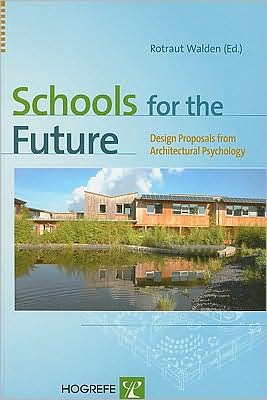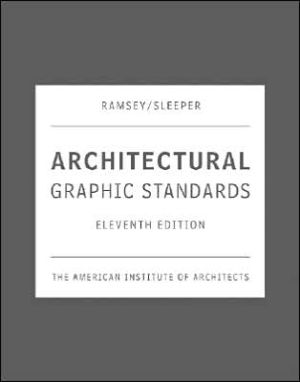Schools for the Future: Design Proposals from Architectural Psychology
Architecture and its relationship to its users have a significant influence on life and activities within the built environment. This poses a particular challenge with regard to public buildings such as schools, which have to accommodate the needs of many different people in order to provide them with the best possible environment to support their well-being and performance.
Search in google:
Architecture and its relationship to its users have a significant influence on life and activities within the built environment. This poses a particular challenge with regard to public buildings such as schools, which have to accommodate the needs of many different people in order to provide them with the best possible environment to support their well-being and performance.Following an overview of the historical development of school buildings in different countries, international experts discuss how buildings can work with users' creative responses to result in environments that are "alive." The relationship between buildings and users is analyzed from the point of view of architectural psychology and emerging considerations such as information technology. The vision is to create "schools for the future" that people will be pleased to return to, time and again, and that also allow future modification in line with changing user requirements. Criteria for the assessment of schools are derived from a dual approach. The first calls for a common language to be used in planning environments that are learnercentered, appropriate to developmental stage, safe, comfortable, accessible, flexible, equitable, as well as cost effective. The second approach to systematic assessment of school buildings employs facet theory to structure the large number of influences and indicators. Based on descriptions of 23 innovative schools on five continents, the system applies functional, esthetic, social-physical, ecological, organizational, and economic aspects to various parts of the school complex.
1 Introduction Rotraut Walden Walden, Rotraut2.1 History of the schoolhouse in the USA Jeffery A. Lackney Lackney, Jeffery A.2.2 Historical background of the Japanese school Kaname Yanagisawa Yanagisawa, Kaname2.3 The historical development of school buildings in Germany Simone Borrelbach Borrelbach, Simone3 The school of the future : conditions and processes - contributions of architectural psychology Rotraut Walden Walden, Rotraut4 Schools designed with community participation Henry Sanoff Sanoff, Henry5 Trends in the design and planning of schools from the viewpoint of information technology and communication Kaname Yanagisawa Yanagisawa, Kaname6 A design language for schools and learning communities Jeffery A. Lackney Lackney, Jeffery A.7 Criteria for the judgment of the quality of school buildings Rotraut Walden Walden, Rotraut8 Conclusion : what makes a "school of the future"? Rotraut Walden Walden, RotrautContributorsAcknowledgmentsIndex








